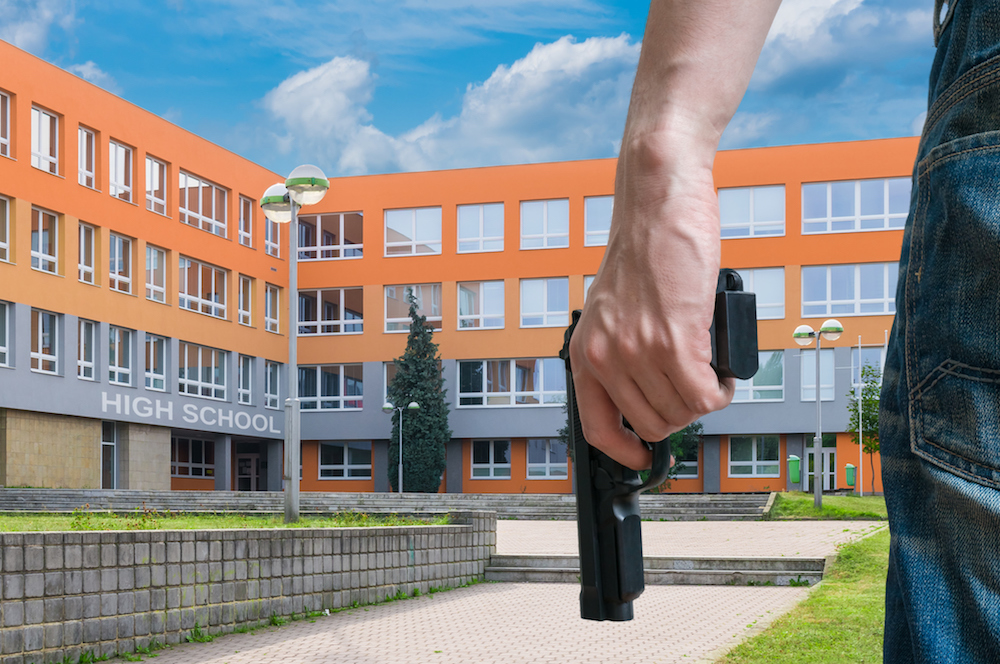
According to FBI.gov, 29% of active shooter incidents occurred in schools and 40% occurred in businesses.
Losing just one person to an armed intruder/active shooter – is one too many. Active shooter incidents are often unpredictable and evolve quickly. In the midst of the chaos, anyone can play an integral role in mitigating the impacts of an active shooter incident.
It is essential that agencies and businesses incorporate effective crisis communication in their emergency management activities. Being prepared is crucial, and you do this by training yourself and your organization to take the decisive lifesaving actions necessary for surviving an active shooter event.
When you are threatened with extreme physical violence, such as an active shooter situation, your reaction is controlled by an area of the brain called the amygdala. The amygdala (or caveman brain) takes over your thinking brain. This response becomes physiological, not rational. That response may be to freeze, flee or fight and it may not be the optimal response in this given situation. Freezing may help postpone an attack that could be triggered by movement. Fleeing from a location when exposed to extreme physical violence is also a primal response hardwired in our brains. Your bodies may experience a temporary surge of hormones, like adrenaline, which may boost speed in anticipation of fleeing from a threat. Fighting back may be the only option. For most people, fighting for survival is the response of last resort.
It’s time to prepare yourself and your organization. Join Laurel Ridge Workforce Solutions in the Violence Prevention Active Shooter Series to begin your preparations. Learn how you should react in these situations and which response to use and when. Additionally, learn about being mindful of your surroundings and be aware of suspicious activity or behavior before an act of violence takes place.
